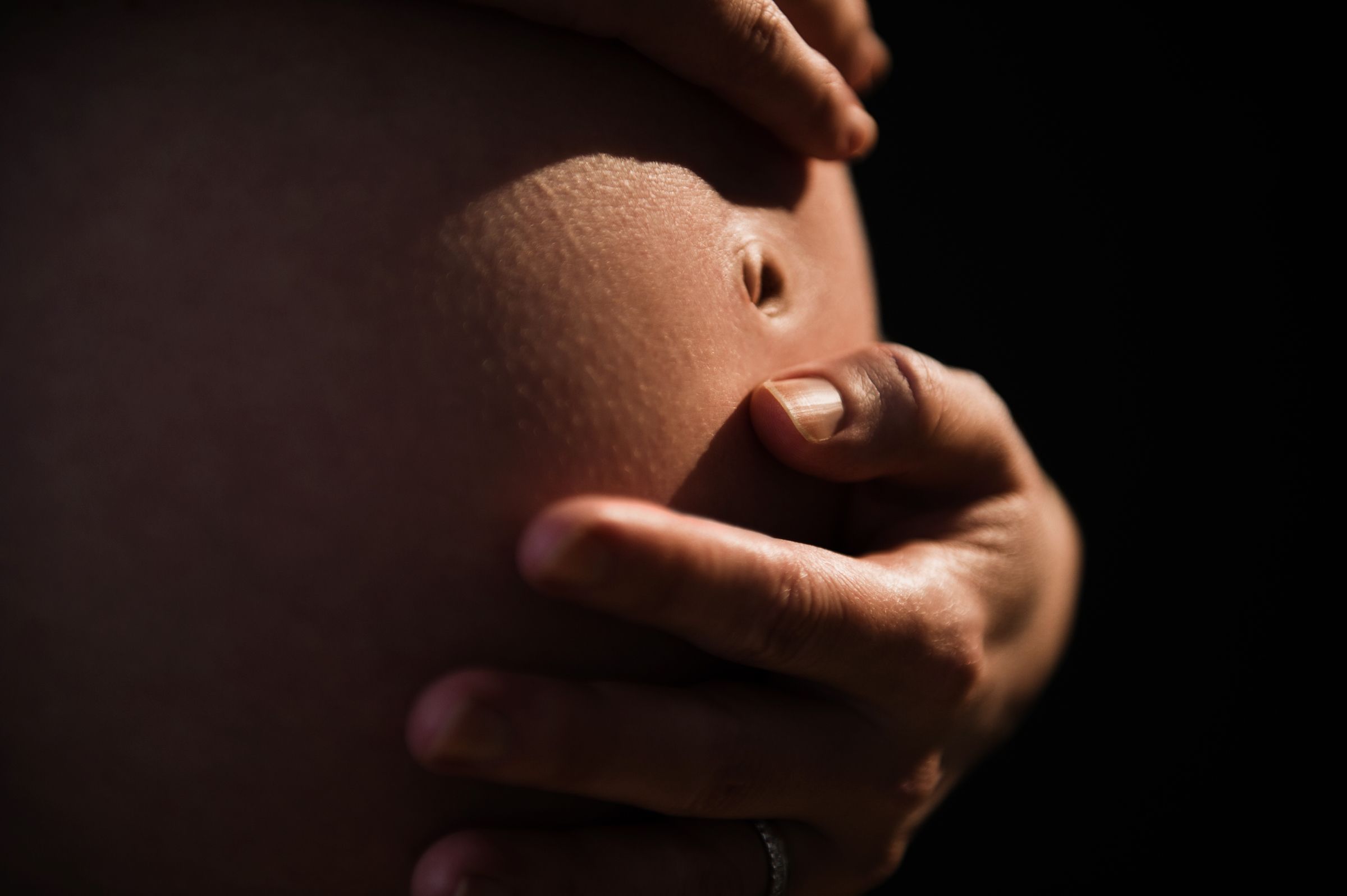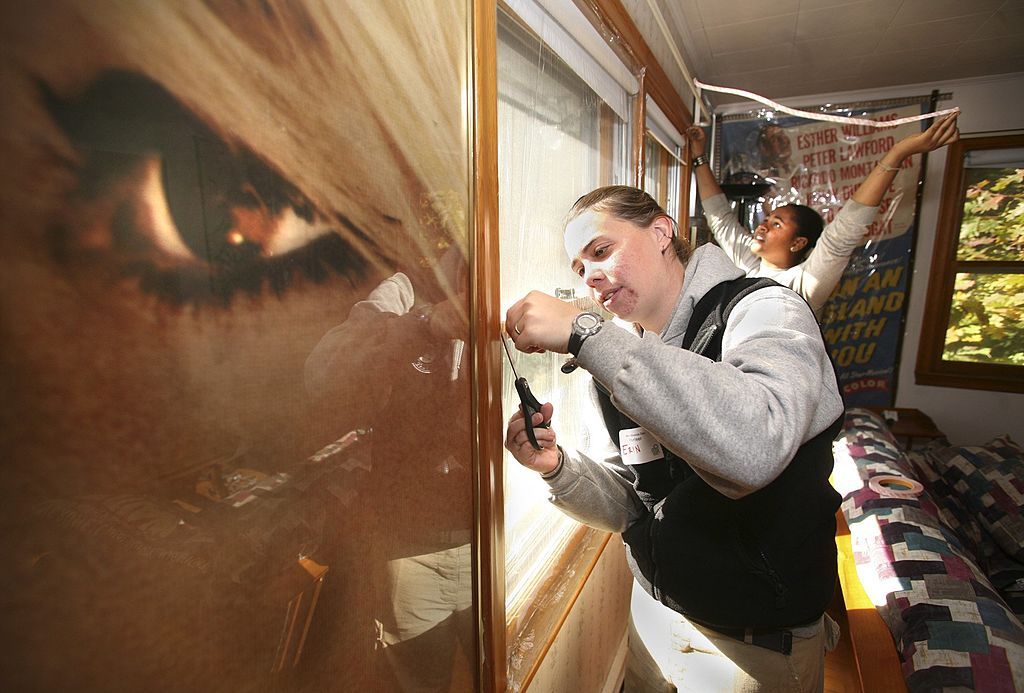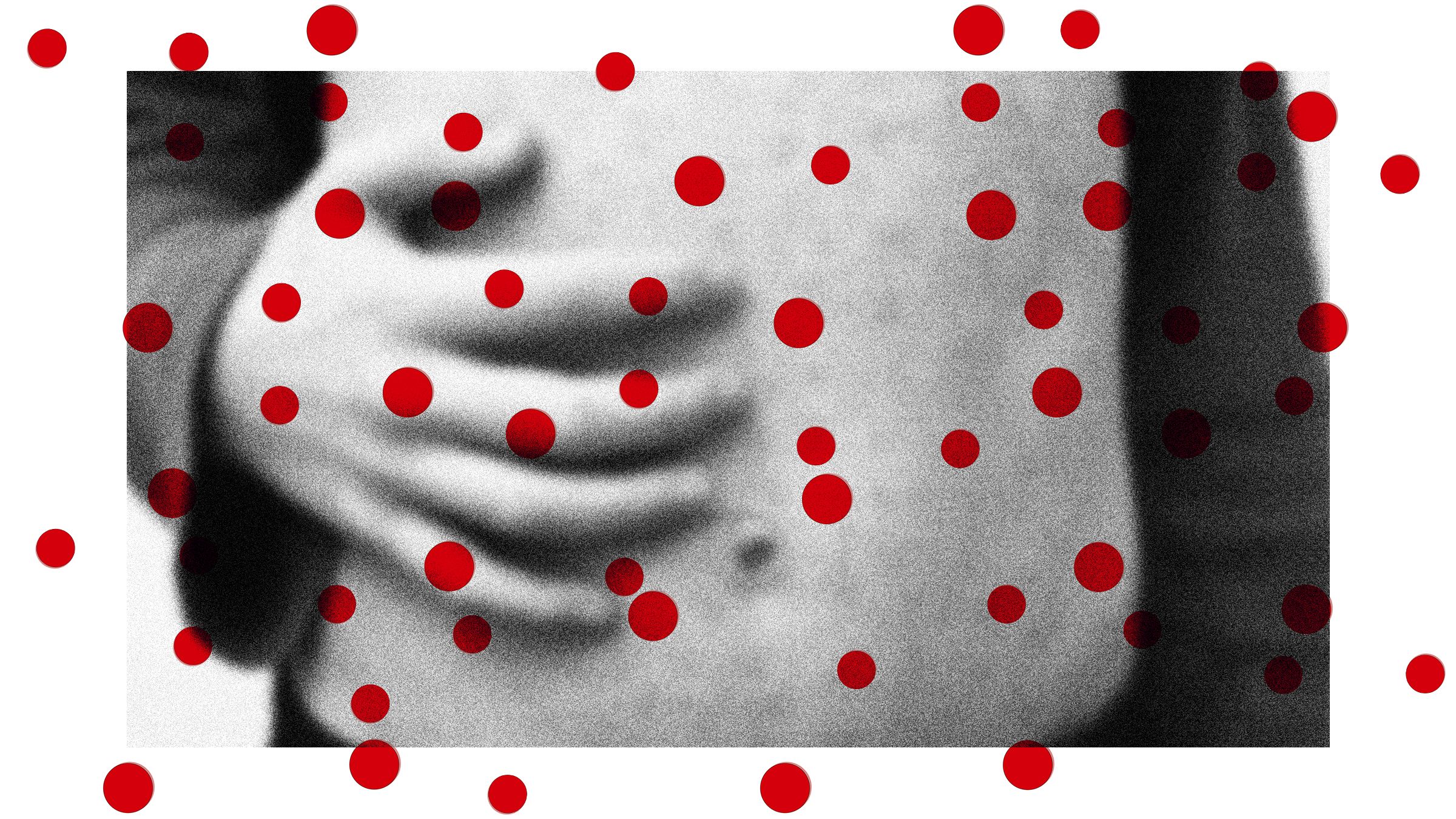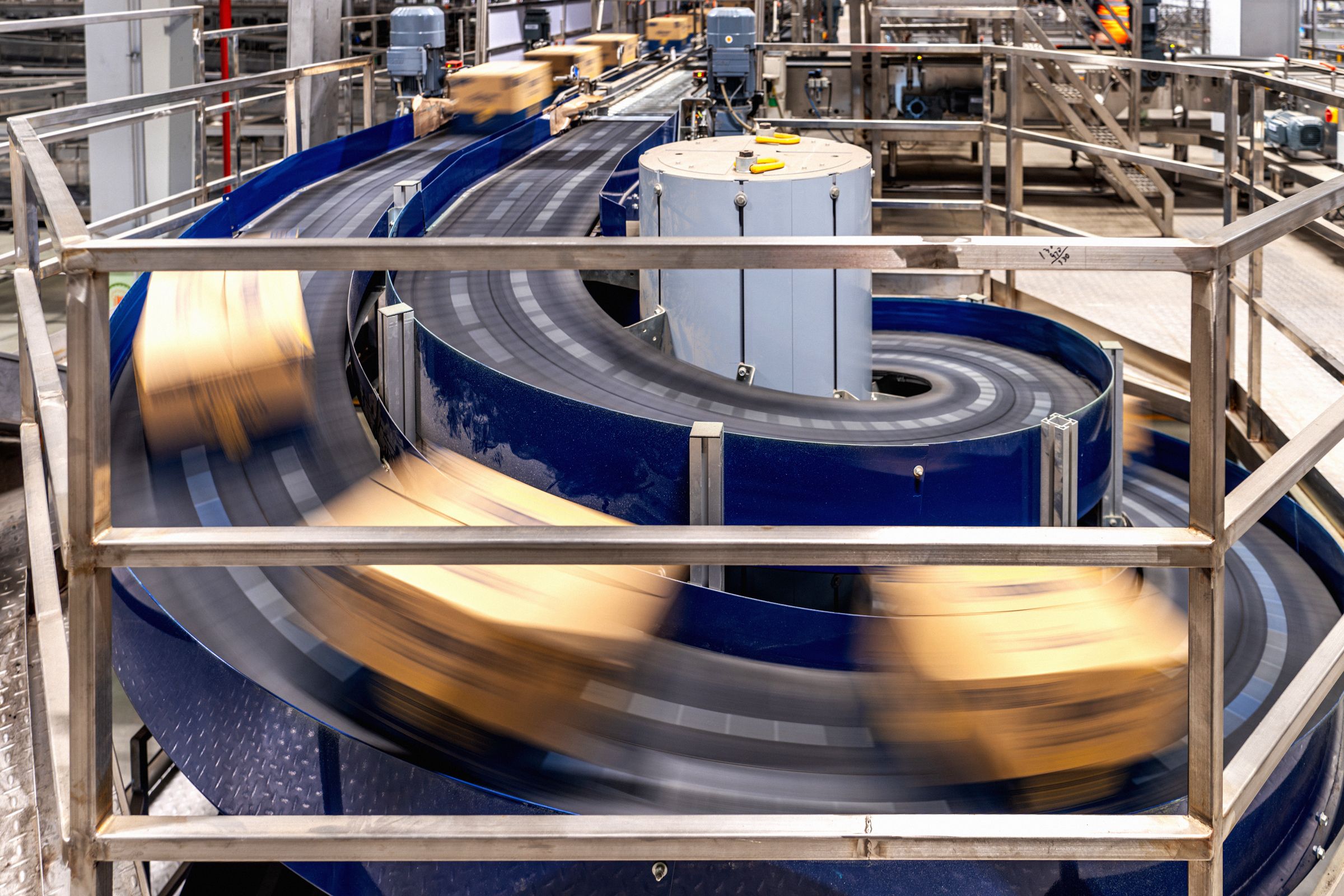Thousands of Urine and Tissue Samples Are in Danger of Rotting After Staff Cuts at a CDC Laboratory
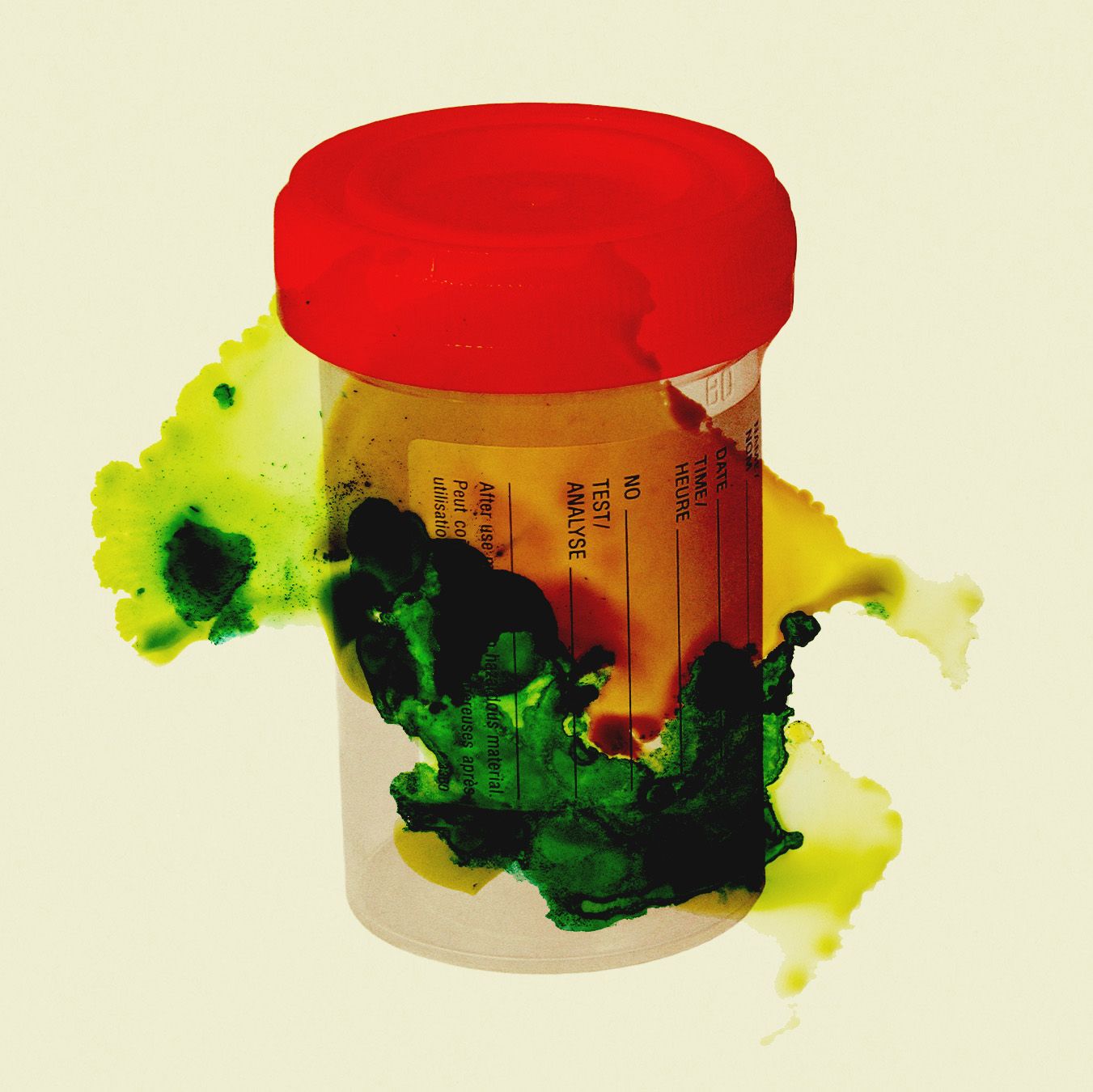
Thousands of Urine and Tissue Samples Are in Danger of Rotting After Staff Cuts at a CDC Laboratory
A recent report has brought to light a concerning situation at a CDC laboratory where thousands of urine and tissue samples are at risk of rotting due to staff cuts. With fewer employees available to handle the necessary maintenance and storage tasks, the samples are at risk of deteriorating beyond usability.
These samples are vital for research and testing purposes, providing valuable data for understanding and combating various diseases. The potential loss of these samples could set back important scientific advancements by years.
Scientists and researchers at the laboratory are calling for immediate action to address the staffing shortage and ensure the proper care of the samples. Without proper maintenance and oversight, the samples could become contaminated or degraded, rendering them useless for future research.
The situation underscores the importance of funding and resources for essential public health institutions like the CDC. Neglecting the support and maintenance of critical facilities and personnel can have far-reaching consequences for public health and scientific progress.
Efforts are underway to address the staffing issues and implement protocols to prevent the samples from rotting. However, time is of the essence, and swift action is needed to protect these valuable assets for the benefit of current and future research efforts.
The potential loss of these samples serves as a stark reminder of the fragility of scientific endeavors and the critical role that proper funding and staffing play in maintaining the integrity of research facilities. Without adequate support, even the most valuable resources can be lost to neglect and mismanagement.
In conclusion, the situation at the CDC laboratory highlights the need for ongoing investment in public health infrastructure and the prioritization of staffing and maintenance to safeguard valuable research assets. Failure to address these issues could have far-reaching implications for public health and scientific progress.
